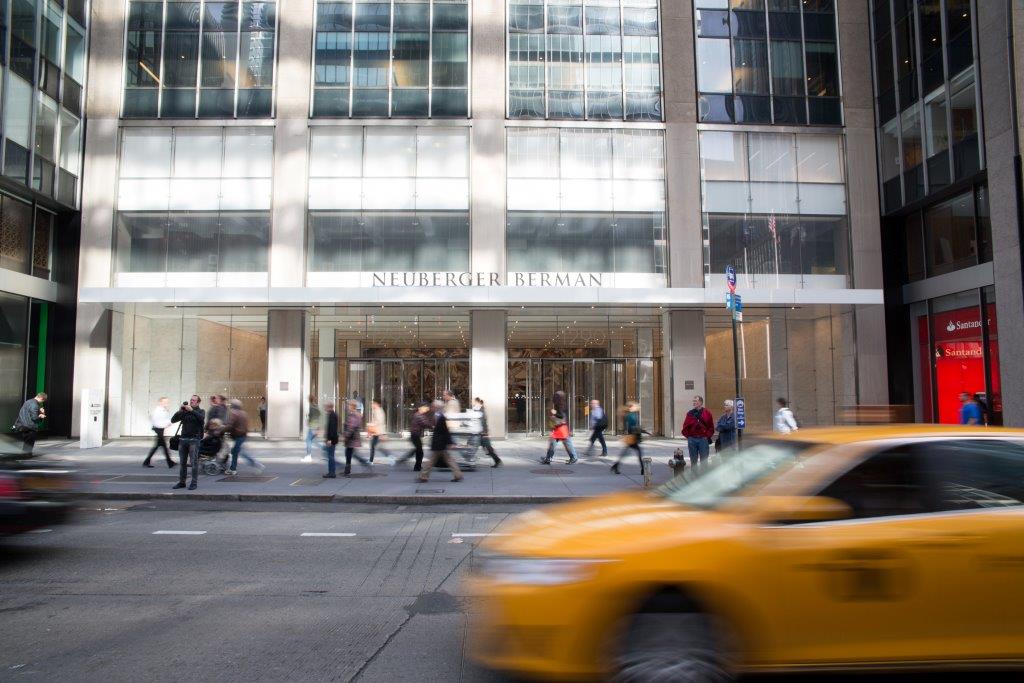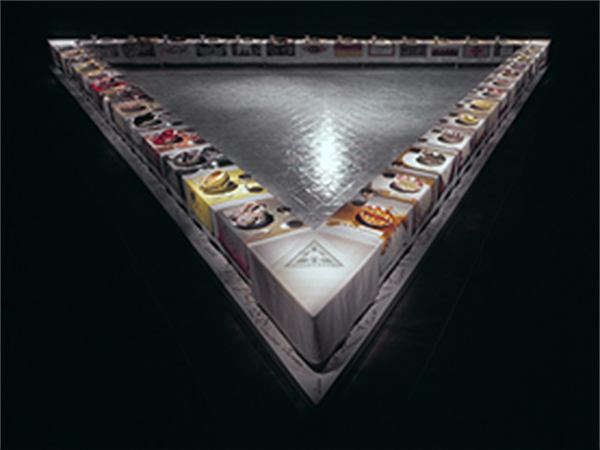|
Elizabeth Zvonar
Elizabeth Zvonar (born 1972) is a Canadian contemporary artist who works primarily with mixed-media collage and sculpture based in Vancouver, British Columbia, Canada. She is currently represented by Daniel Faria Gallery, Toronto, Ontario, Canada. Life and education Zvonar was born in Thunder Bay, Ontario. She has attended Aichi Gakusen University in Toyota City, Japan (1994), Capilano College in North Vancouver, Canada (1995), and Hokkaido University of Art & Design in Sapporo, Japan (1996). She ultimately received a BFA at Emily Carr Institute of Art and Design in Vancouver, Canada in 2002, the same institution that would later reward her with the Emily Award for Outstanding Achievement by an Emily Carr Alumna in 2011. Work Working extensively with collage materials, Zvonar’s practice works towards presenting a new history by collecting images from a variety of sources (advertisements, lifestyle, and art history) and reinterpreting them through juxtaposition. By work ... [...More Info...] [...Related Items...] OR: [Wikipedia] [Google] [Baidu] |
Thunder Bay
Thunder Bay is a city in and the seat of Thunder Bay District, Ontario, Canada. It is the most populous municipality in Northwestern Ontario and the second most populous (after Greater Sudbury) municipality in Northern Ontario; its population is 108,843 according to the 2021 Canadian Census. Located on Lake Superior, the census metropolitan area of Thunder Bay has a population of 123,258 and consists of the city of Thunder Bay, the municipalities of Oliver Paipoonge and Neebing, the townships of Shuniah, Conmee, O'Connor, and Gillies, and the Fort William First Nation. European settlement in the region began in the late 17th century with a French fur trading outpost on the banks of the Kaministiquia River.Brief History of Thunder Bay City of Thunder Bay. Retrieved ... [...More Info...] [...Related Items...] OR: [Wikipedia] [Google] [Baidu] |
Vancouver Art Gallery
The Vancouver Art Gallery (VAG) is an art museum in Vancouver, British Columbia, Canada. The museum occupies a adjacent to Robson Square in downtown Vancouver, making it the largest art museum in Western Canada by building size. Designed by Francis Rattenbury, the building the museum presently occupies was originally opened as a provincial courthouse, before it was re-purposed for museum use in the early 1980s. The building was designated as the Former Vancouver Law Courts National Historic Site of Canada in 1980. The museum was opened to the public in 1931 in a building designed by architectural firm Sharp and Johnston. The museum expanded its first building once in 1950, before plans were undertaken to move the institution to the former provincial courthouse building. The museum was relocated to the provincial courthouse in 1983. Plans were undertaken by the museum in the late 2000s and 2010s to relocate the institution to a new facility in Larwill Park. The Vancouver Art Gal ... [...More Info...] [...Related Items...] OR: [Wikipedia] [Google] [Baidu] |
Canadian Women Artists
Canadians (french: Canadiens) are people identified with the country of Canada. This connection may be residential, legal, historical or cultural. For most Canadians, many (or all) of these connections exist and are collectively the source of their being ''Canadian''. Canada is a multilingual and multicultural society home to people of groups of many different ethnic, religious, and national origins, with the majority of the population made up of Old World immigrants and their descendants. Following the initial period of French and then the much larger British colonization, different waves (or peaks) of immigration and settlement of non-indigenous peoples took place over the course of nearly two centuries and continue today. Elements of Indigenous, French, British, and more recent immigrant customs, languages, and religions have combined to form the culture of Canada, and thus a Canadian identity. Canada has also been strongly influenced by its linguistic, geographic, and ec ... [...More Info...] [...Related Items...] OR: [Wikipedia] [Google] [Baidu] |
Living People
Related categories * :Year of birth missing (living people) / :Year of birth unknown * :Date of birth missing (living people) / :Date of birth unknown * :Place of birth missing (living people) / :Place of birth unknown * :Year of death missing / :Year of death unknown * :Date of death missing / :Date of death unknown * :Place of death missing / :Place of death unknown * :Missing middle or first names See also * :Dead people * :Template:L, which generates this category or death years, and birth year and sort keys. : {{DEFAULTSORT:Living people 21st-century people People by status ... [...More Info...] [...Related Items...] OR: [Wikipedia] [Google] [Baidu] |
Canadian Contemporary Artists
Canadians (french: Canadiens) are people identified with the country of Canada. This connection may be residential, legal, historical or cultural. For most Canadians, many (or all) of these connections exist and are collectively the source of their being ''Canadian''. Canada is a multilingual and multicultural society home to people of groups of many different ethnic, religious, and national origins, with the majority of the population made up of Old World immigrants and their descendants. Following the initial period of French and then the much larger British colonization, different waves (or peaks) of immigration and settlement of non-indigenous peoples took place over the course of nearly two centuries and continue today. Elements of Indigenous, French, British, and more recent immigrant customs, languages, and religions have combined to form the culture of Canada, and thus a Canadian identity. Canada has also been strongly influenced by its linguistic, geographic, and e ... [...More Info...] [...Related Items...] OR: [Wikipedia] [Google] [Baidu] |
Morris And Helen Belkin Art Gallery
The Morris and Helen Belkin Art Gallery is a contemporary art gallery in Vancouver, British Columbia, on the campus of the University of British Columbia. The gallery is housed in an award-winning building designed by architect Peter Cardew and opened in 1995. It houses UBC's growing collection of contemporary art as well as an archives containing objects and records related to the history of art in Vancouver. The Morris and Helen Belkin Art Gallery mounts 4 to 7 exhibitions of art per year by nationally and internationally known artists, and works from the collection are showcased annually in a thematic exhibition. The Belkin Art Gallery also creates small scale traveling exhibitions for circulation within Canada, and collaborates on large scale international exhibitions. Admission to the gallery is free. An estimated 13 percent of the Gallery's collection is from women artists and an annual edit-a-thon was launched at the gallery to create articles on more of those women on Wik ... [...More Info...] [...Related Items...] OR: [Wikipedia] [Google] [Baidu] |
Toronto-Dominion Bank
Toronto-Dominion Bank (french: links=no, Banque Toronto-Dominion), doing business as TD Bank Group (french: links=no, Groupe Banque TD), is a Canadian Multinational corporation, multinational banking and financial services corporation headquartered in Toronto, Ontario. The bank and its subsidiaries are commonly known as simply TD and trading under the name ''Toronto-Dominion Bank.'' The bank was created on February 1, 1955, through the merger of the Bank of Toronto and The Dominion Bank, which were founded in 1855 and 1869; respectively. It is one of two Big Five (banks), Big Five banks of Canada founded in Toronto, the other being the Canadian Imperial Bank of Commerce. The TD Bank Society for Worldwide Interbank Financial Telecommunication, SWIFT code is TDOMCATTTOR and the TD institution number is 004. In 2021, according to Standard & Poor's, TD Bank Group was the largest bank in Canada by total assets and also by market capitalization, a top-10 bank in North America, and the ... [...More Info...] [...Related Items...] OR: [Wikipedia] [Google] [Baidu] |
Neuberger Berman
Neuberger Berman Group LLC is a private, independent, employee-owned investment management firm. The firm manages equities, fixed income, private equity and hedge fund portfolios for global institutional investors, advisors and high-net-worth individuals. Overview Founded in 1939, Neuberger Berman is a privately held asset management firm, which is 100% owned by its employees. It serves pension plans, charitable organizations, sovereign wealth funds and other institutions, as well as high-net-worth individuals and mutual fund investors, both directly and through financial intermediaries and other partners. The firm has a broad range of investment capabilities, which have enabled it to win numerous public strategic partnership mandates with both leading institutional pension plans and major financial institutions. For its private clients, Neuberger Berman also provides financial planning, fiduciary services, and trust services. Known as a firm of investors, the firm has maintaine ... [...More Info...] [...Related Items...] OR: [Wikipedia] [Google] [Baidu] |
The Dinner Party
''The Dinner Party'' is an installation artwork by feminist artist Judy Chicago. Widely regarded as the first epic feminist artwork, it functions as a symbolic history of women in civilization. There are 39 elaborate place settings on a triangular table for 39 mythical and historical famous women. Sacajawea, Sojourner Truth, Eleanor of Aquitaine, Empress Theodora of Byzantium, Virginia Woolf, Susan B. Anthony, and Georgia O'Keeffe are among the symbolic guests. Each place setting includes a hand-painted china plate, ceramic cutlery and chalice, and a napkin with an embroidered gold edge. Each plate, except the ones corresponding to Sojourner Truth and Ethel Smyth, depicts a brightly colored, elaborately styled vulvar form. The settings rest on intricately embroidered runners, executed in a variety of needlework styles and techniques. The table stands on ''The Heritage Floor'', made up of more than 2,000 white luster-glazed triangular tiles, each inscribed in gold scripts with t ... [...More Info...] [...Related Items...] OR: [Wikipedia] [Google] [Baidu] |
Judy Chicago
Judy Chicago (born Judith Sylvia Cohen; July 20, 1939) is an American feminist artist, art educator, and writer known for her large collaborative art installation pieces about birth and creation images, which examine the role of women in history and culture. During the 1970s, Chicago founded the first feminist art program in the United States at California State University, Fresno (formerly Fresno State College) and acted as a catalyst for feminist art and art education. Her inclusion in hundreds of publications in various areas of the world showcases her influence in the worldwide art community. Additionally, many of her books have been published in other countries, making her work more accessible to international readers. Chicago's work incorporates a variety of artistic skills, such as needlework, counterbalanced with skills such as welding and pyrotechnics. Chicago's most well known work is "The Dinner Party", which is permanently installed in the Elizabeth A. Sackler Center fo ... [...More Info...] [...Related Items...] OR: [Wikipedia] [Google] [Baidu] |
Readymades Of Marcel Duchamp
The readymades of Marcel Duchamp are ordinary manufactured objects that the artist selected and modified, as an antidote to what he called "retinal art".Tomkins: ''Duchamp: A Biography'', page 158. By simply choosing the object (or objects) and repositioning or joining, titling and signing it, the found object became art. Duchamp was not interested in what he called "retinal art"—art that was only visual—and sought other methods of expression. As an antidote to retinal art he began creating readymades in 1914, when the term was commonly used in the United States to describe manufactured items to distinguish them from handmade goods. He selected the pieces on the basis of "visual indifference",Cabanne: ''Dialogs with Marcel Duchamp'', Thames and Hudson (1971), page 48. ''Cabanne: What determined your choice of readymades? Duchamp: That depended on the object. In general, I had to beware, at the end of fifteen days, you begin to like it or hate it. You have to approach somethi ... [...More Info...] [...Related Items...] OR: [Wikipedia] [Google] [Baidu] |






